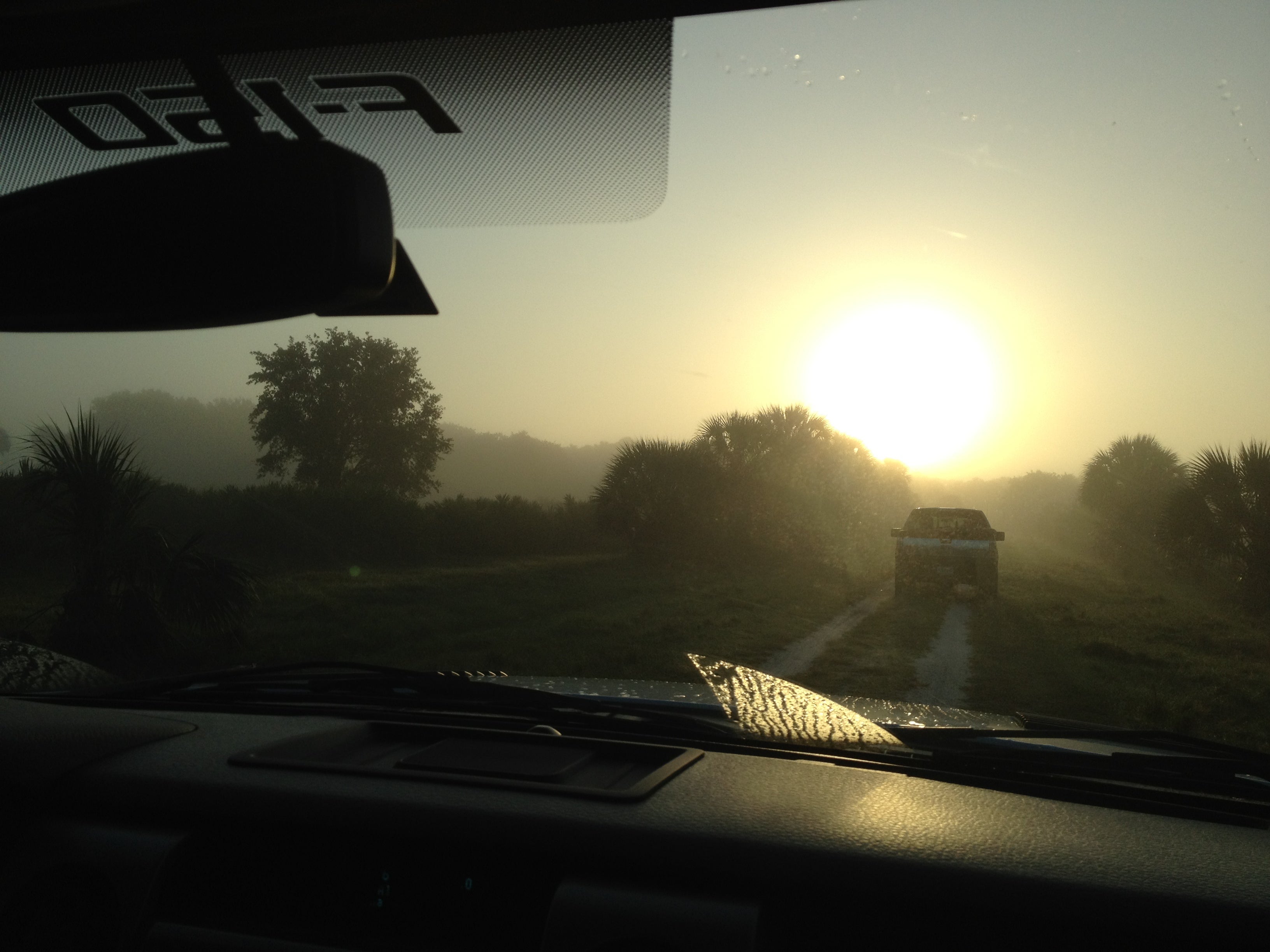The Lost Art of Deer Drives
Dr. John Woods 11.03.19

Strategies for hunting white-tailed deer east of the Mississippi River have changed dramatically over the past 40-plus years. In the big dense Eastern woods from Maine and Vermont going southwest through the country to Missouri and the south, a lot of deer hunting was done by conducting massive drives back in the “old” days. Today, not so much.
That tactic used sitters and drivers to kick deer up and to move deer through the woods. In practice, the sitters were actually standers. They would post themselves behind trees or cover in a position where they could see both the deer coming through the woods as well as the drivers walking by their stands. Wearing hunter orange and making lots of noise was crucial to the safety of this strategy.
As the deer poured by the standers, this naturally required quick reaction to connect on running shots. But they were not always that way. Many times the deer — especially the bigger more mature bucks — would just tiptoe by or find some thick cover to hide in. It was not unusual at all to see deer stand still, allowing the drivers to walk right past them. Then they would double back and head the other way. A whole drive could easily take an hour or more depending on how much territory the drivers were set up to walk.
Productive? Sometimes the standers got in several shots at running deer at ranges from 20 to 75 yards depending on how thick the woods was. Much of the time drives were held and not a single deer was shot at or even seen. That was the nature of the animal. Conducting drives was a good way to learn about deer hunting and deer behavior under pressure.
So what happened to deer drives? Deer hunting has nearly become an individual sport focusing on any number of micro-strategies from deer stand hunting, hideouts in ground blinds, rattling, decoying, scent tactics, more technology, and deer profiling. Many deer hunters are strictly archery hunters, hunting close, stealthy, camo covered, and scent blocked.
Today’s deer hunters rely heavily on tracking information using multiple trail cameras to canvas an entire hunting area. They carry phones that track weather, wind movements, thermals, humidity, and barometric pressure. They hunt more by data analysis and less by instincts.
Things always change. Group hunting is dying, though some deer clubs around the country likely still hunt the old ways. Who is to say which method is better, but for sure hunting with your family or buds can be a whole lot more fun to make lifelong memories.